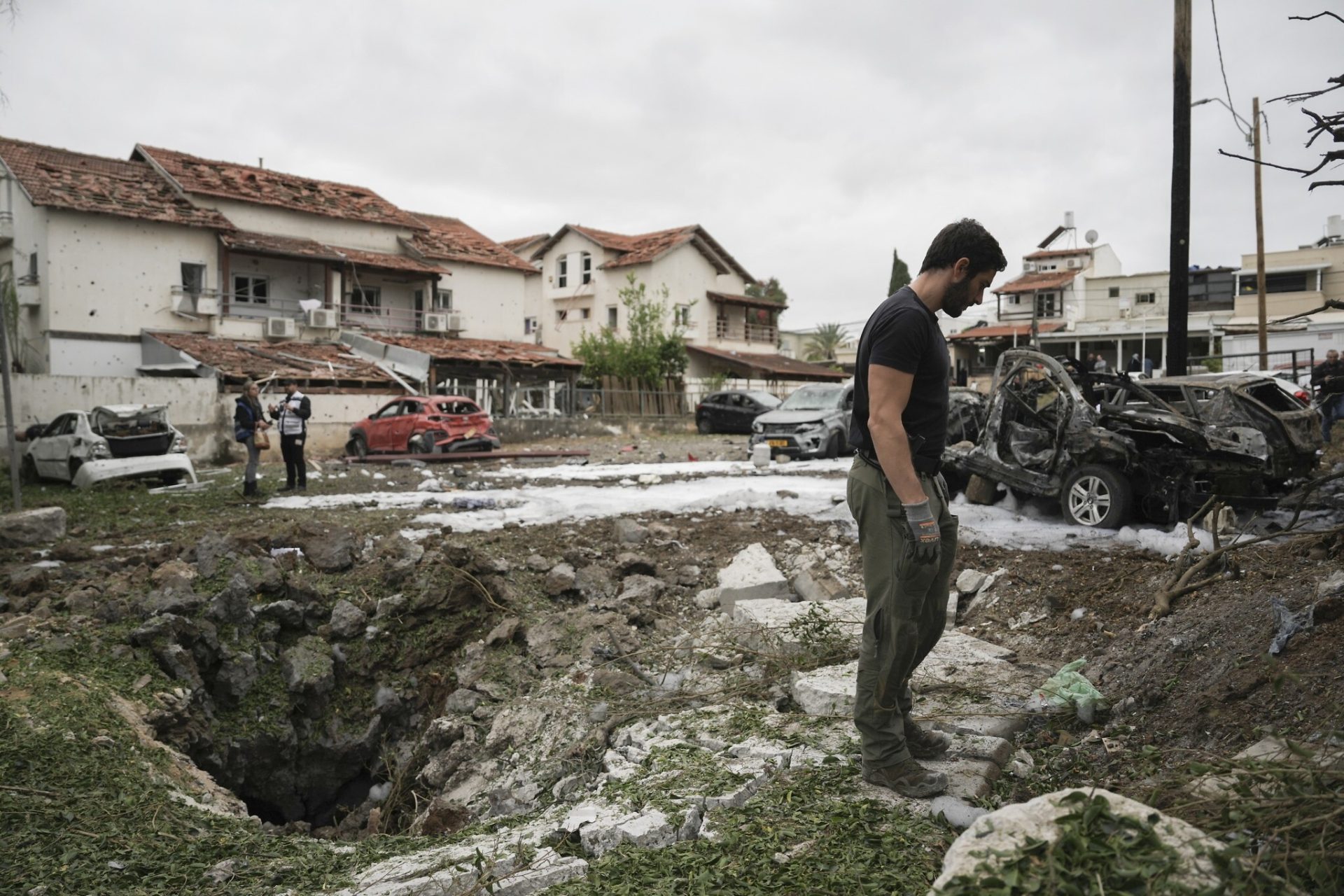ARTICLE AD BOX
A TOURIST has died on a Viking voyage after the vessel they were on capsized off the coast of Norway during a North Sea expedition.
American archaeologist Karla Dana, 29, from Florida, died after the replica Viking ship she was sailing in sank.
 The Norwegian Armed Forces
The Norwegian Armed Forces Instagram @sail2north
Instagram @sail2north Instagram @sail2north
Instagram @sail2north Police Handout
Police Handout
Dana was part of a voyage trying to recreate how the Vikings would have travelled between Norway and the Faroe Islands in the 9th Century.
The crew of the replica fishing vessel tried to just use sails and oars for the 680km sailing
But they took on water and capsized in stormy seas on Tuesday – four days into the five day journey.
Tourist Dana was trapped under the boat where she drowned, local media reported.
Dana’s body was found Wednesday morning a few hundred metres away from the wreck about 60km off Norway’s coastal island Måløy.
Dana was the only person to die in the perilous sail in rough seas with the other five sailors surviving on an inflatable life raft before being rescued by a helicopter.
Survivors include three men and one woman from Switzerland and another man from the Faroe Islands.
The boat launched on Saturday after it had been delayed for several days by bad weather.
The boat sent out a distress signal Tuesday, but a helicopter to the area determined it was a false alarm, Norwegian media reported.
The replica ship was found by the Coast Guard boat KV Bergen and police have now launched an investigation into the sinking.
The exact cause of the sinking is yet to be determined, but Norway’s Sea Rescue Society (NSRS) reported stormy conditions in the area.
The small Viking ship was named ‘Noddoddur’ after the Norwegian navigator said to have discovered Iceland in the 700s.
The 10-metre long wooden ship had two masts and was said to have been built according to Faroese tradition.
The ship sailed from Tvøroyri on Suðuroy island in the Faroe Islands towards Alesund in Norway with the sailing intended to take five days.
 Instagram @sail2north
Instagram @sail2northNone of the survivors were physically injured, but they were treated for psychological issues following the ordeal.
In a poster for the trip shared on Facebook, the voyage was described as an “unforgettable event that takes you back to the time of the Vikings.”
Dana, who was a member of an explorer’s club, wrote entries for a voyage blog.
She wrote: “It’s hard to keep excitement from turning into fear when you see those waves casually tossing around huge modern boats like toys.
“But there’s a wild beauty in the North Sea, a reminder of nature’s raw power, and I feel incredibly lucky to be part of this adventure.”
Bergur Jacobsen, who is chairman of the Naddoddur boat club on the Faroe Islands, told the BBC the boat had been on previous Viking voyages before to Iceland, Shetland and Norway.
“It’s not a Viking boat, it’s a Faroes fishing boat without a motor but with sails.”
The Faroese member of the crew, Livar Nysted, said before the trip when you were hit by storm “you just try to do the best you can”.
“It’s an open boat. You sleep under the stars and when it’s raining or windy you can feel the elements.”
 Instagram @sail2north
Instagram @sail2north Instagram @sail2north
Instagram @sail2north.png)
 2 months ago
3
2 months ago
3








 English (US)
English (US)